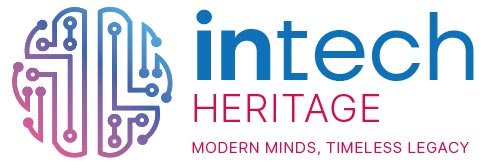The adoption of artificial intelligence (AI) technologies is reshaping the technological landscape, offering unprecedented opportunities to enhance operational efficiency and effectiveness. However, integrating these technologies into legacy systems and architectures presents a unique set of challenges and requires carefully planned strategies.
Assessment and Planning
Before implementing AI solutions, it is crucial to conduct a thorough assessment of the legacy architectures. This includes understanding existing limitations and capabilities to identify areas where AI could provide significant improvements.
Compatibility and Adaptation
One of the greatest challenges is ensuring that the new AI solutions are compatible with existing technologies. This often involves developing customized interfaces or modifying AI systems so they can effectively communicate with old infrastructures.
Minimizing Operational Disruption
The integration of AI should be planned and executed in a way that minimizes disruption to daily operations. This may require phased implementations, where AI components are gradually introduced to ensure each step is seamlessly integrated before proceeding to the next.
Training and Support
Training staff on how to interact with and manage the new AI technologies is essential. Ongoing support and training help ensure that end-users can fully leverage the capabilities of AI.
Monitoring and Continuous Evaluation
After integration, it is important to monitor the performance of AI solutions and continuously assess their impact on business processes. This allows for timely adjustments and ensures that the integration is beneficial in the long term.
Conclusion
Integrating AI into legacy architectures is not just a technical issue, but a strategic transformation that requires careful planning and meticulous execution. Through thoughtful and customized approaches, organizations can overcome inherent challenges and maximize the benefits of AI technologies.

